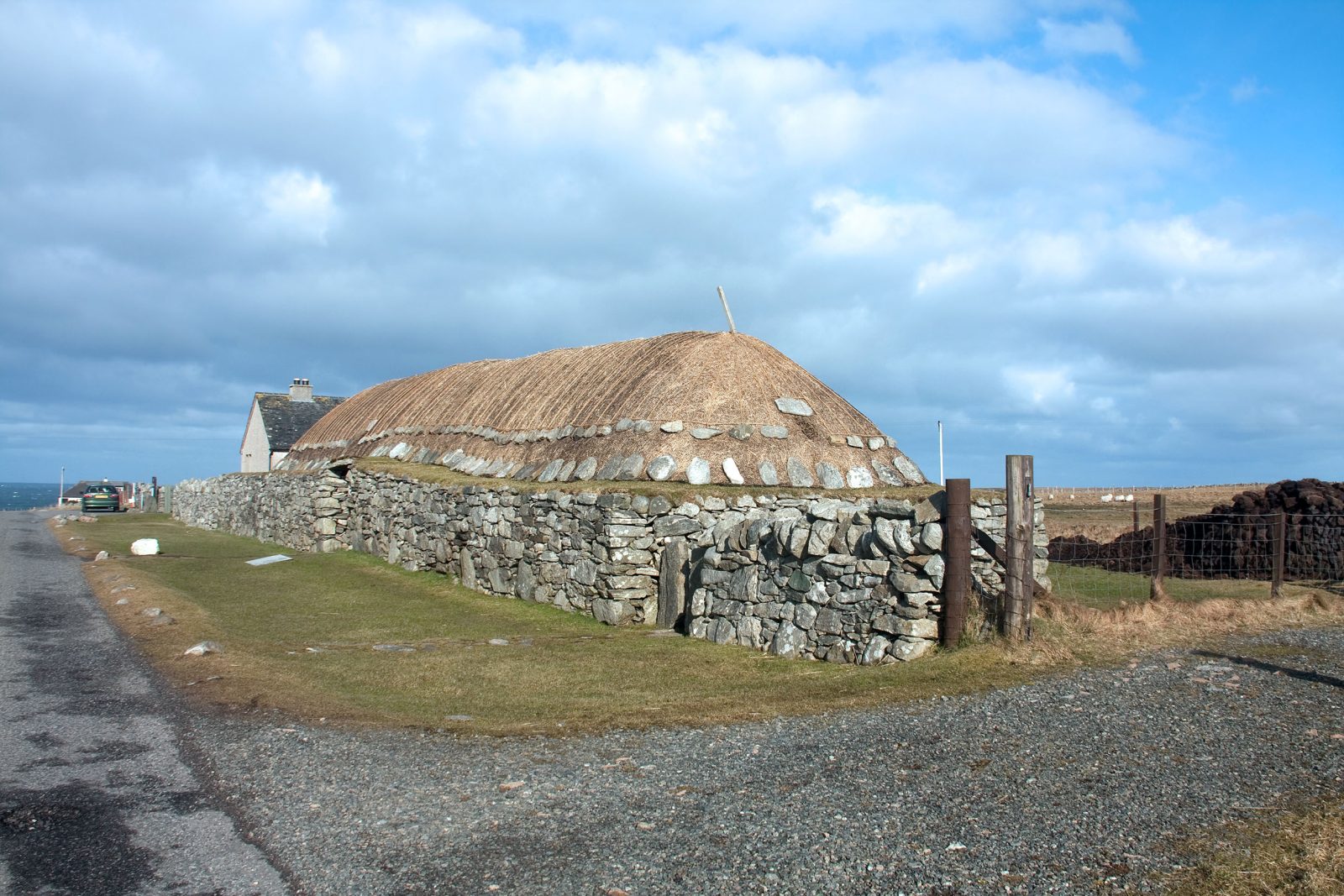First the drought, then the deluge – is this the summer we finally ‘got it’? Collectively accepted that the climate crisis isn’t a speck on the horizon? That we’re in it, now, living it – living with it?
Perhaps it’s tiny, quiet things that shout it loudest. Walking in a dustbowl park on a summer’s evening: where are the bugs, the midges, the gnats? Put on a light at dusk and I’m sure moths used to flutter around. I can remember the insistent sound of wings against a lampshade, and switching the light off so they didn’t get burnt.
There was a time when a rural focus might be a welcome moment of summer calm in a hectic city schedule of build, grow, push. Now it comes with a quiet warning. You think you can escape the city heat in cool waters elsewhere? Somewhere, away from here, in the refreshing fringes, where this crisis isn’t happening? Nope. From the Antarctic to the Tibetan Plateau, no rainwater that falls anywhere on Earth is safe to drink, a recent study has shown. ‘Elsewhere’ is here and now.
Advertisement
People frequently idealise the countryside of course, but buildings are an integral part of the rural landscape, and we’d do well to relearn some environmental lessons from ancient approaches to rural construction. Chief among them: the materials we use, and a willingness to re-use them. Scottish blackhouses – explored in Barnabas Calder and Florian Urban’s essay and an inspiration for Denizen Works’ Mannal House in Tiree – make the most of natural, local materials.
As Calder and Urban explain: ‘Perhaps the starkest lesson that the pre-modern blackhouse has to offer is that is that the level of energy and carbon we spend on our building materials is, by world historical standards, deranged. Steel, glass and concrete all existed when blackhouses were being built, but they were rejected for their exorbitant cost in heat energy. To achieve net zero we must return to low-embodied energy materials wherever possible.’
Retrofitting, re-using, building with true circularity in mind: we have a choice to move towards this. We can celebrate the reworked, the renovated, the untidy patina of buildings that already exist, rather than always chasing the shiny, the pristine, and the brand new. We can hold the earth closer.
 The Architects’ Journal Architecture News & Buildings
The Architects’ Journal Architecture News & Buildings

Leave a comment
or a new account to join the discussion.